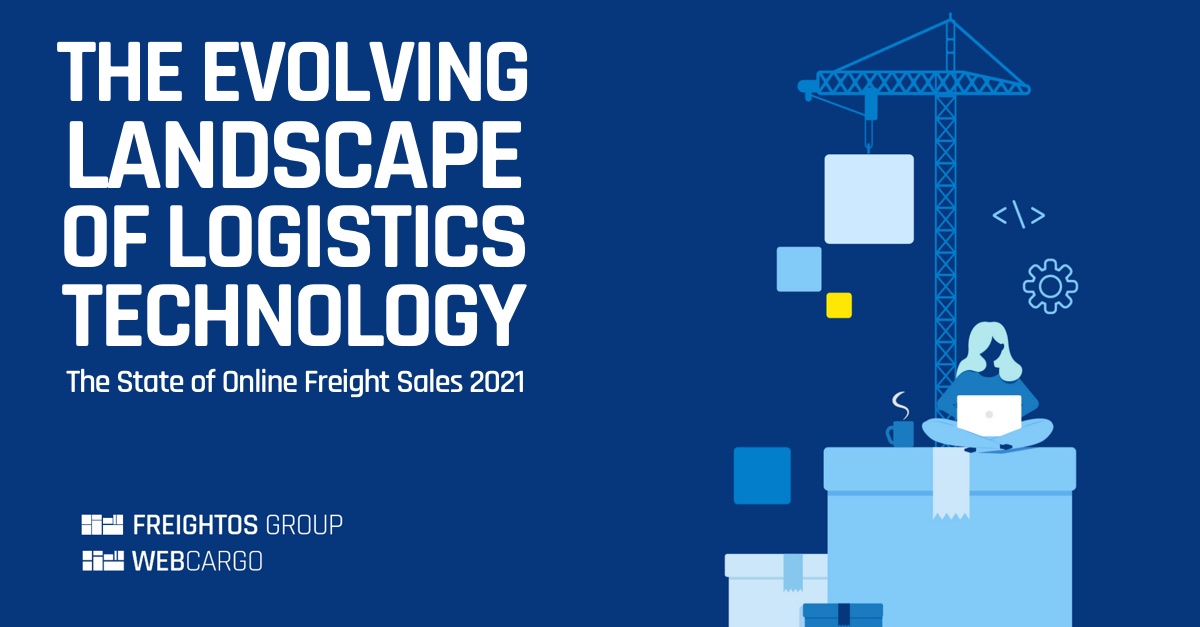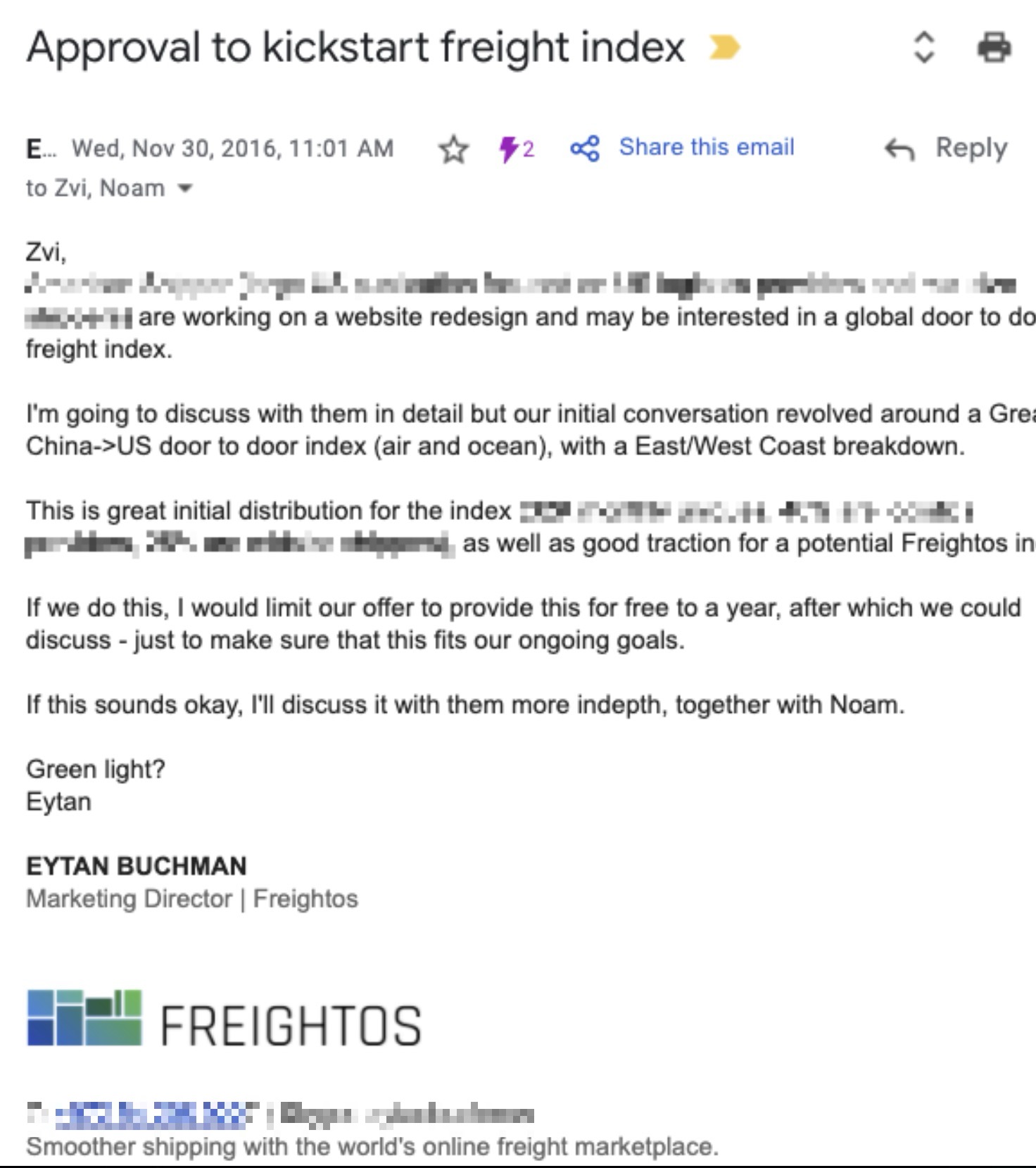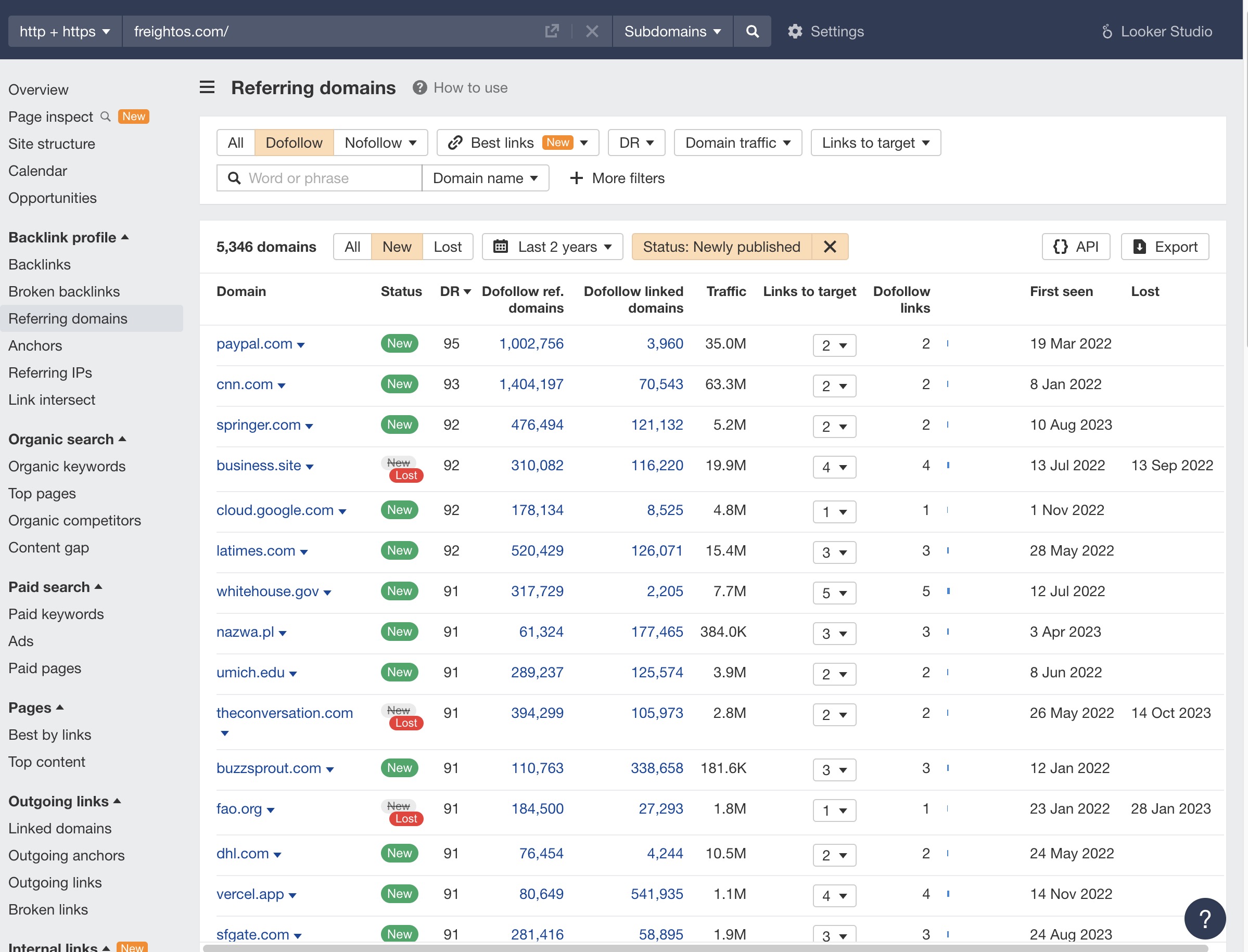5 PR Marketing Truths That Will Supercharge Your B2B Media Game
tldr
This post explores five media marketing guidelines that have helped me and my team get a ton of media placement that actually move the needle. How? By focusing on driving value for reporters and their readers, by using data, and by building content in the niches that your audience live in.Media is hard. So is turning it into actual revenue growth.
But over the last ten years, the media relations and PR machine at Freightos has become a (nearly!) self-perpetuating media relations machine, with ongoing support from our PR lead.
I’m talking thousands of major publications. And not with high budget PR. It’s more about discipline, making sure that day in and day out, your insights and content:
- Drive value
- Are at least somewhat related to what you’re actually selling
Driving value has become enough of a truism that it effectively means nothing. So let me dig a little into 5 things that have really supercharged our media playbook.
First, though…
This is a truth, not the truth.
This playbook has worked for me personally but I’m sure there are many ways to go about and get incredible PR that I don’t know. We regularly get our hineys handed to us by glossy companies with big-budget PR firms who can pitch the heck out of Jim Abbot.
But I know it as at least a truth. Because I have the credentials. As a recent example, if a core global freight artery - say the Suez Canal - gets shut down because of terrorists, you better believe we’re doing to be all over it.
AP, Reuters, CBS, Fox and many more, all with shockingly lean resources.
This isn’t a one off.
During 2021 we averages 1.3 mainstream publications every single day and were featured in a White House Press Secretary briefing (check out 4:20).
Or even my own awkward proof of being featured in a half page, fully embarrassing, spread in the New York Times’ business print edition (while being called a freight nerd).

See? A New York Times-dubbed nerd!
The trick? Manufacture a global pandemic and be in the right time and the right place.
I joke but seriously, nothing is going to replace the luck you need to make this happen.
But it takes work to be positioned to capitalize on these opportunities. So let’s get into 5 guiding principles that I can distill from what works.
🥁 🥁 🥁
1. Drive value.
When it comes to content, outbound pitching, websites, or even product, driving value is the only way you’ll cut through the noise.
Drive value. Do it quickly. Do it well.
When you’re talking with a reporter, be helpful. If you can’t help them solve their problems, getting anything placed is an uphill battle.
This is why pushing PR about your latest feature or round just doesn’t work.
Remember what they’re up against.
The reporter needs to get eyeballs to get a salary. That means they need the:
- lowest path of resistance to
- a great story that
- jives with their interests
- and jives with their readers’ potential interests.
Yes, Google gets coverage when they launch meaningless features because it interests readers.
But you’re not Google.
It’s really hard to avoid getting stuck in that loop where you convince yourself that what’s interesting to you is interesting to a reporter. It’s not. You’re BS-as-a-Service is a feature that no one cares about.
Instead, like a good first date, make it about them, not about you. Or…meet them in the middle by…
2. Drive value with data
This is where the first date analogy falls apart. Don’t rely on data for your first date. But when it comes to reporters, everyone is looking to get away from opinions. Unique hard data that drives a point home does just that. And it’s possible even if you have ZERO data.
For example, this is a Wall Street Journal pickup we got a couple of years ago where we didn’t even have our own data, but did a meta-analysis of a couple of academic papers and were able to put that together into a nice article. Yes, mom, that’s my research methods class from my international relations degree front and center.

Meta-Research and Mega-Pickup!
Here’s another example.
Reporters like covering Amazon comparisons. So we scraped job descriptions from the supply chain section of a company that rhymes with schmamazon and put together an analysis about what types of degrees they were hiring for.
Pickup city.
Just to pick that apart, this is hard value for the reporters because everybody’s interested in Amazon.
So we compiled it and it all came together.
Incidentally, I screwed up with both this pickup and the WSJ pitch. The story was a little too far from our field of play to get anything more meaningful in the pickup than a quick description of what we do.
Takeaway? Don’t bend over so far backwards to get the pickup that you forget the fact that you need more than your name in an article to make dinero.
3. Niche up, hombre
The logical conclusion of that is that you need to pair data with a well-honed buy-intent niche.
Once you know exactly who you’re going after, use that as a differentiator for your broader marketing and your PR specifically.
But it may make your life hard.
B2B marketing typically means landing someone who has been a subject matter expert in the field you are bullshitting your way through for 10x longer than you.
You can’t bullshit your way through.
You need to dig a niche that is so specific, you can both catch up and out-niche them. You may be selling to a janitor master of the custodial arts who knows much more than you do about cleaning…but no one will ever know as much about bathroom stall air freshener distribution patterns than you.
This has hiring implications.
This is not your run-of-the-mill SEO content job. You need somebody who can actually create expertise, that you can understand your user, and run reports and get data that differentiates.
Then you need to set them up for success.
- Get internal buy-in so your leadership knows you’re stepping away from vanity pickups and focusing on in-depth targeted pickups that move the needle.
- Make sure your sales team is ready to capitalize on the research.
- Make sure you know how to make it understandable for the 1-2 journalists in your space that matter.
Here’s an example of how this playbook works for us
One of our landmark studies is an annual survey where we use a fake company to see how well the top 20 global logistics providers sell online with a mystery shopping survey.
If you don’t know what my company does, the short of it is that we help logistics companies digitize…in other words, this survey is as buy-intent as it gets.
And the distribution works.

The Study!!
Reporters - at least the ones in our space - loved it.
So much so that when competitors launched competing products, the publications would cite our research to talk about digitization. Imagine how infuriating that must be for them. That’s exactly how happy it made me :)
Value + data + buy-intent niche. It works.
Which brings us to…
4. Let the reporters steer
Once you’ve built that value with reporters, you’ll start to see that it creates some great relationships with some really smart reporters.
You’re officially an Industry Player Who Drives Value so they’re going to end up reaching out to you with questions.
Sometimes, you’ll have anticipated the question. But sometimes, they will put you onto a story.
They will ask you a question that totally opens up a new world.
For me, this happened in the very beginning of January 2021.
COVID was really starting to take an impact on supply chain and an economics reporter from one of the world’s largest magazines reached out to me and asked a question about inflation and how it’s impacting small importers and exporters.
I had no idea.
But I let them steer. I told them that it was a great question and, together with someone on my team, spent a late night 1130pm work session sending out a survey to our user base that very night.
By the next day, we had a couple hundred results.
Within two days, we had a pickup in this publication based on the results.
And once we had the data, the world was our oyster.
We reused that same data everywhere (don’t worry - after it ran!). But seriously, you need to do this tactfully. Once the reporter who asked the question gets the data, it’s totally kosher to reuse.
5. Playbook your data.
I could go on about this one for hours. I started by talking about the value of data but if you have some type of proprietary, interesting, and buy intent data, figure out how to playbook it asap.
For me, one of my most helpful recipes was understanding that we were sitting on top of aggregate, anonymous data that shows what’s happening within the industry’s freight rates.

The internal email I sent my boss to pitch the [Freightos Baltic Index](https://terminal.freightos.com)
We ended up turning that into a media blast that we would send out weekly. Over time, it because higher frequency and eventually turned into a self-service website.
This has since turned into a an entire separate business unit that is very successful. But from a marketing perspective, it’s done wonders for our brand visibility.
It took years but we’ve used it as a cornerstone in an untouchable SEO flywheel with thousands of incredibly high quality backlinks that drive media pickups, which drive more backlinks, which drives a snowball of coverage and media relationships that help shore up that moat.

Backlink city
When done right, it creates such a powerful self-service motion that if we stopped marketing tomorrow and just sat on the dock of the bay watching the tide roll in, it would prob still work for quite some time.
So let’s bring it all together
I started with the banal observation that it’s all about driving value for journalists.
I also talked up how great data - even if it’s not your own internal data - is for driving that value. Then we focused on talking about how niche data or insights is so much more effective, even if it means you can’t slather a Wired logo onto your homepage.
I also talked about letting your relationships lead the story, as well as how play booking access to the data in the story lets you head off to Tahti while the stories come in.
That’s it for this article but I am working up a masterpiece post about my data marketing playbook. If that sounds interested, subscribe below to make sure you get it.
This entire article was based off a presentation I did for GCMO in mid-2022.